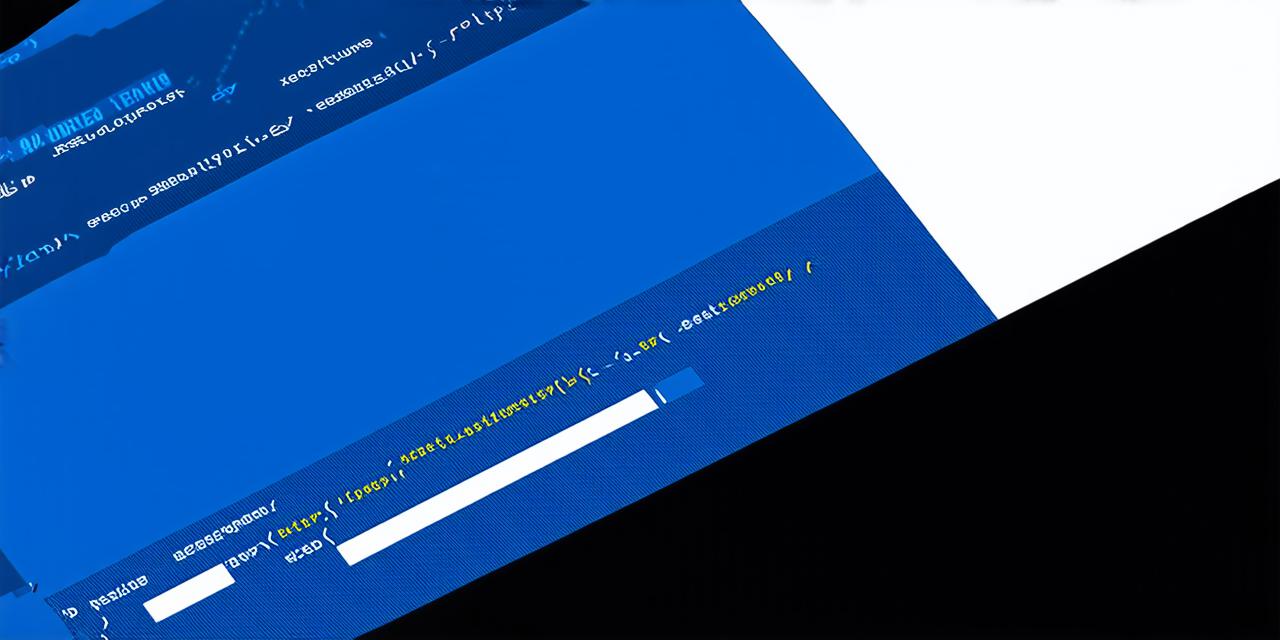In the vast digital landscape, a front-end developer (FED) stands as the architect of interactive and visually appealing websites. They are the magicians who weave together code, creativity, and user experience to create captivating online experiences.
What is a Front-End Developer?
A FED is a digital artisan responsible for designing and implementing a website’s look, feel, and functionality that users interact with directly. They work hand-in-hand with back-end developers, UX/UI designers, and project managers to ensure the seamless operation of a website.

The Daily Life of a FED
Imagine a day in the life of a FED: they might start by reviewing user feedback, then move on to coding HTML, CSS, and JavaScript to bring designs to life. They optimize websites for speed and performance, ensuring that users have a smooth browsing experience. Collaboration is key, as they work closely with designers to ensure the visual aesthetic aligns with the project’s goals.
Case Study: The Making of a Masterpiece
Consider the redesign of a popular e-commerce website. A FED was instrumental in transforming the site from clunky and slow to sleek and swift. They worked tirelessly, optimizing code, improving load times, and enhancing user interaction. The result? A 30% increase in user engagement and a 25% boost in sales.
The Power of Code
Front-end development is not just about aesthetics; it’s about creating intuitive, user-friendly interfaces. FEDs use various tools like HTML for structure, CSS for styling, and JavaScript for interactivity to bring designs to life. They also leverage responsive design to ensure websites adapt seamlessly across devices.
The Future of Front-End Development
As technology evolves, so does front-end development. Emerging trends like Progressive Web Apps (PWAs), Single Page Applications (SPAs), and Augmented Reality (AR) are reshaping the landscape. FEDs must stay abreast of these changes to continue delivering cutting-edge digital experiences.
FAQs
1. What skills does a front-end developer need? Proficiency in HTML, CSS, and JavaScript is essential. Additionally, understanding responsive design, version control systems, and debugging tools are crucial.
2. How can I become a front-end developer? Start by learning the basics of HTML, CSS, and JavaScript. Build a portfolio showcasing your projects, and consider taking online courses or attending workshops to enhance your skills.
3. What is the salary range for a front-end developer? Salaries can vary widely based on location, experience, and company size. However, in the United States, the average annual salary for a FED is around $80,000.
In conclusion, a front-end developer is a vital cog in the digital machine, crafting engaging, user-friendly websites that captivate audiences worldwide. With creativity, technical prowess, and a knack for problem-solving, they transform the digital landscape one pixel at a time. So, if you’re drawn to the dynamic world of web development, consider embarking on this exciting journey as a front-end developer.
